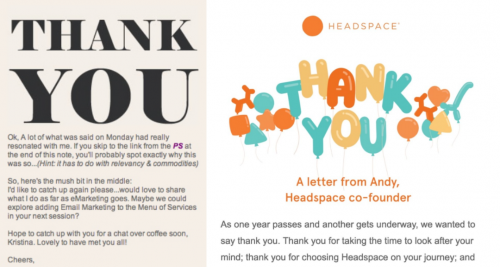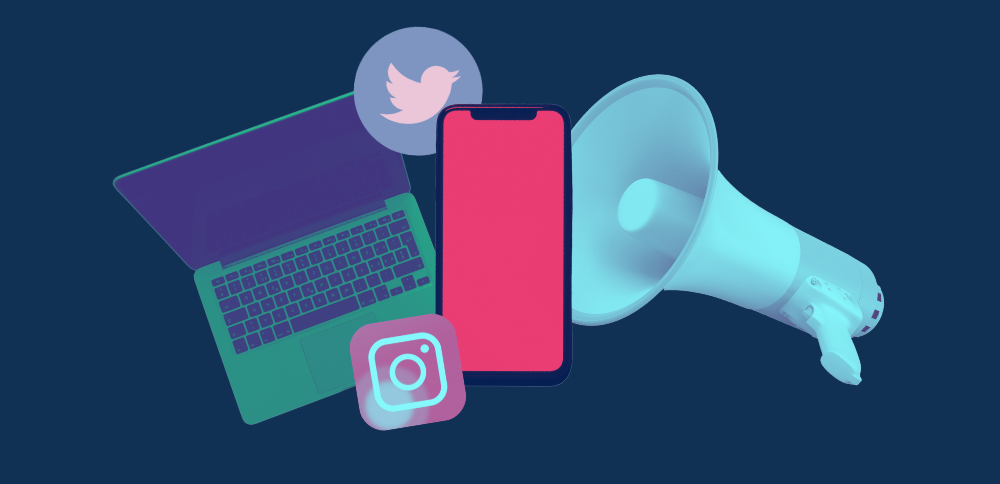As event planners and meeting professionals working in a fast-paced, digital world, marketing your event can be a headache. Gone are the days of posting flyers to billboards or relying on word of mouth to garner a wide audience. Digital marketing now leads the way in terms of promoting your conference or event out to the masses.
There are numerous tools and platforms dedicated to taking your event from an idea to a reality; the challenge is knowing how to utilize their capabilities and differentiating yourself from your competition.
In the final installment of our four-part series, “Digital Marketing for Today’s Event Professional,” we take a look at what a successful post-event strategy looks like. How and when should you follow up with your event attendees and what kinds of questions should you be asking to ensure that you crafted a successful event and secured repeat business?
If you missed the first three pieces in this series, we have you covered:
- Know Your Audience And Their Expectations
- Utilizing Google Ads
- Keeping Your Content Honest, Fresh, and Relevant
After every conference or event I’ve ever attended, I’ve heard the same phrase as the conclusion of the final session draws nearer: “We hope to see you next year!” This phrase makes my skin crawl as someone who works in the marketing field. Simply “hoping” to see someone next year is just not good enough. You might have just held the most spectacular, flawless event, but if you aren’t creating and executing an equally impressive post-event strategy, that might be the final time you see those attendees.
So how do you successfully follow up with their attendees? Which marketing channels are more successful than others? How do you find a balance between “over-communicating” and being forgotten? Let’s take a look!
When Should I Follow Up With My Event Attendees?
Like most everything in a marketer’s world, timing is crucial when planning your overall post-event strategy. Just like you have to know your customers’ buying cycles, finding the right timing of your post-event follow-up can be a huge bonus in helping to retain your attendees.
A common post-event strategy is to reach back out to your attendees (and your no-shows) within a calendar week of the conclusion of your event. I would narrow that down even further to two to three business days. This allows you to give your attendees just enough time to compartmentalize and reflect back on the event.
These events are designed to encourage, educate, and entertain, so naturally, your attendees will have a lot to unpack in the days following the event. If you hit them with too much information immediately after the event, it might cause a bit of information overload or they might miss it altogether. Both of these are less than ideal.
On the opposite side, waiting too long to contact your attendees can cause them to forget about the amazing experience they just had. If multiple weeks pass by and they haven’t heard back from you, you risk losing all of the momentum and trust you’ve worked so hard to build. It demonstrates to your audience that they are not the priority, and that is not the feeling you want them to have.
Give your attendees a few business days to reflect on the event (and to perhaps catch up on anything they might have missed while attending). Then reach back out with a friendly email that recaps all of the awesome information learned, networking accomplished, or what that the amazing keynote speaker covered. All of those positive memories are easily accessible, and re-registering becomes a much more attainable goal.
Where Should I Follow Up With Event Attendees?
The next popular question is always, “Where should I share all of my post-event content with my attendees?”
The best answer for this question? Wherever your attendees spend most of their time. As we mentioned in part 1, understanding your audience is paramount to the success of your event, and with that knowledge comes some deep insight into where they spend their time.
The most common form of follow-up is a post-event email. You most likely obtained a good number of email addresses during the registration process; your post-event strategy is the time to put those to use. A follow-up email is a great way to directly contact a large number of attendees simultaneously and to continue reinforcing their positive experience at the event.
When crafting your email, remind your event attendees how to stay in touch with you. Offer a newsletter signup or social media channels for them to stay connected with your brand. By encouraging this activity at the right time, they are more inclined to feel positive about your organization and take action to stay connected.
Another terrific outlet to utilize in your follow-up effort is social media. There are a few ways to reach out to people on social media, but this can be trickier, as you are opening up your message to the entire world (or at least anyone with a Twitter login or a smartphone). One way to limit your message to past attendees is to use a specific hashtag. Constantly mention that attendees should follow the specific hashtag you want to promote, and then broadcast your dedicated follow-up message there. Of course, it is important to understand where your audience will be the most receptive to your messaging. Knowing your audience demographics and which social media application would be best served for them can help you craft messaging that best resonates with them. You don’t have to master every social media platform in your post-event strategy, just the ones that your audience wants to see your message on.
There are lots of other methods of following up with event attendees including cold calling, SMS text, mobile app alerts, remarketing ads, and print mailers. Each organization has different goals and budgets, so these may or may not be right for you. However, the majority of organizations use the tried and true method of sending a post-event email, which is widely believed to be the most efficient and effective way to get your point across to the target audience.
What Do I Say to My Attendees Post Event?
So, now you know when to follow up with attendees and where to reach them, but what should you say? While every good event professional knows that there are numerous benefits to obtaining repeat customers, they also know that repeat business is earned, not given. Knowing what to say and how to say it to your previous attendees is your final step in sealing the deal to retain them year after year.
It starts with a “Thank You.”
Acknowledge that you are appreciative that they showed enough interest and support that they attended your event in the first place. Remember, the most important commodity they have to give you is their time, and when they choose to give it to your event, this is significant to them. You want this “Thank You” to be the main focal point of the introduction of your message. Lead with it, and make it jump out to the recipient. This will help the reader know that this isn’t simply another sales email and will help you with your overall brand management (you want to be known as a positive, humanistic company, right?).

After acknowledging how appreciative you are, it’s time to get into the big pitch to retain their support. Create a series of emails to send over a period of time (also known as a drip marketing campaign) to keep your audience engaged with your brand all year long. Build in reminders of the great event they just attended along with teasers for the next one. Sprinkle in pieces of content shared during the event to provide a reminder of why they definitely will want to attend again.
I see this next mistake pretty often, so I’ll mention it here. Don’t just send an email – give them somewhere to go next! For this, I’m a huge fan of dedicated landing pages. Ideally, you want a place to house all of the resources you might have promised during the actual event. This should include slide decks, video recaps, music playlists, social media feeds, surveys, photos, etc. A landing page needs to include ways for attendees to continue to stay engaged with your brand. You can add a signup form to be notified when the next event’s registration is open. Include information about all upcoming events, and you also could should include an “early-bird promotional code” to get registration at a better rate.
Keep your email shorter and provide a clear destination to go next. Besides, a landing page allows you to get more creative and analytical as a marketer. Landing pages also have the ability to collect heatmaps and other analytics to see how people are interacting with your message. And, since this landing page link will only be available through your follow-up messaging, you are nearly guaranteed to attract and retain the right audience.
So there you have it! The information above, combined with our first three installments, should give you the head start you need to successfully and effectively market your events. I hope you’ve enjoyed reading and learning more about digital marketing because it was just as enjoyable for me to write! I love digital marketing because it can help event professionals turn a good event into a great one and broadcast their message across the world with the click of a button!




